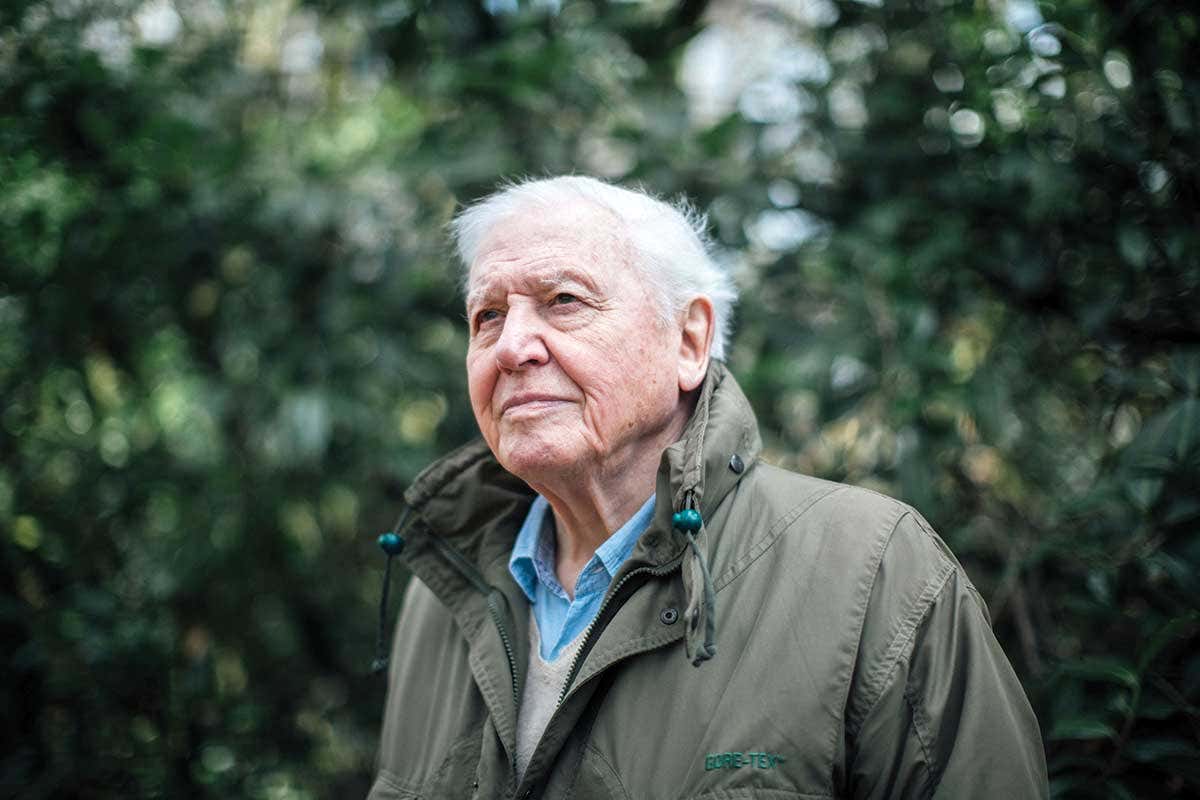David Attenborough warns of a world on the brink

For most of David Attenborough’s 70-odd years on television, the question of life and death has been framed in terms of predator versus prey. It is only relatively recently that his documentaries have started to address the danger of the climate crisis confronting us all.
In last year’s David Attenborough: A Life on Our Planet, the veteran broadcaster presented his “witness statement” on the environmental decline documented over his lifetime, pulling on political and personal levers to compel audiences to act. Now, in his latest film for Netflix, Attenborough focuses solely on the facts.
Breaking Boundaries is unusual among his considerable output for featuring little of Attenborough, and even of animals. Instead, its focus is squarely on the science of our planetary decline, setting out in unflinching detail the extent of Earth’s degradation – and the catastrophic consequences of anything but drastic action.
Attenborough cedes the floor to Johan Rockström, the mild-mannered director of the Potsdam Institute for Climate Impact Research, to explain “the most important scientific discovery of our time”. In 2009, Rockström identified nine natural processes upon which all life on Earth depends, and the limits within each that cannot be exceeded without endangering humanity.
This “planetary boundaries framework” serves as the structure of the film. With support from Attenborough’s voiceover and a global assembly of experts, Rockström details the impact of anthropogenic change on the nine processes, and where we stand in relation to the “irreversible tipping point” for each. In the case of at least four – climate change, biodiversity, land-system change and nitrogen and phosphorus imbalance – we are already operating in the high-risk zone.
Dramatic graphics showing Earth in flames or shattering like glass, and the advance of an implacable human army, seek to emphasise the sense of urgency. More compelling is the emotional testimony from scientists who have been left to document the decline for too long. Breaking Boundaries is a necessary bridge between scientific and mainstream understanding of an issue too often framed in terms of plastic straws.
It is more ambitious in its aims to educate than the average nature documentary, not only setting out the scope of the crisis but drilling into the details. The 75-minute run time is densely packed, fast-paced and – for those moved by facts as much as footage of struggling wildlife – undeniably dismal. By the time talk turns to solutions, the viewer will be left reeling at the scale of the challenge – but convinced of the necessity to act.
No doubt to encourage everyone’s participation, it is still nonetheless disappointing that in the proposed path back to stability, equal weight is given to individuals’ consumption (healthy eating, reducing waste) as it is aggressive political action (halving emissions every decade). But the overall, and lasting impression is of urgency.
Disastrous trajectories have been reversed before, Rockström emphasises. Panic over the disappearing ozone layer in the 1980s spurred concerted political action that led to its recovery. “It was indeed fantastic to witness: scientists raised the alarm and the world acted,” says Attenborough. This film sounds the alarm like never before. The question is, will we hear it?
Source: newscientist.com




